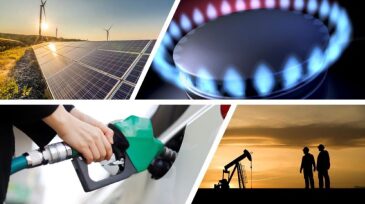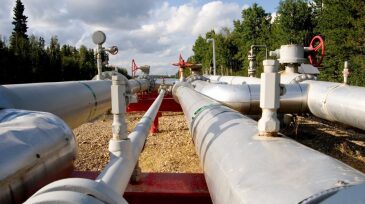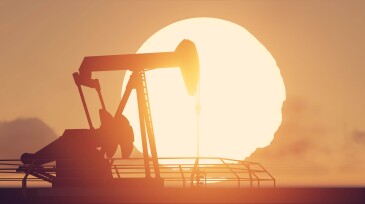natural gas
-
Tellurian CEO Meg Gentle outlined how the US LNG market should address expected tight market conditions through 2025 while managing a transition to a carbon neutral environment.
-
Crude oil and natural gas prices may recover moving into 2021, albeit at different rates brought on by a variety of market dynamics. Geopolitics and the potential for another wave of COVID-19 cases and resulting lockdowns still pose a threat to the industry.
-
The growing opposition in the US for new natural gas pipelines comes as supply and demand continue to grow. Pipelines are necessary for the transport of the gas. Why is there a disconnect between the two?
-
For an industry once fueled by the law of supply and demand, the new economic reality has brought new rules.
-
In its May 2020 Short-Term Energy Outlook, the US Energy Information Administration (EIA) forecast US-marketed natural gas production to decrease by 5% in 2020. Production is expected to average 94.3 Bcf/D in 2020, down from 99.2 Bcf/D in 2019.
-
The $20.7-billion agreement is the single-largest energy infrastructure investment in the region.
-
Senior oil and gas professionals see hydrogen as a significant part of the global energy mix by 2030.
-
The natural gas pipeline is co-financed by the EU, with work beginning immediately.
-
Historically, natural gas contract prices were tied to the price of crude; now, volatility and growth in spot-market liquidity signal a shift from long-term linking toward a more integrated market.
-
There are numerous views of what the future energy landscape will look like in the next decade and beyond. When thinking about sources of primary energy, it is not a question of either/or, it is a question of what can reach scale fast enough to meet continued demand growth.









